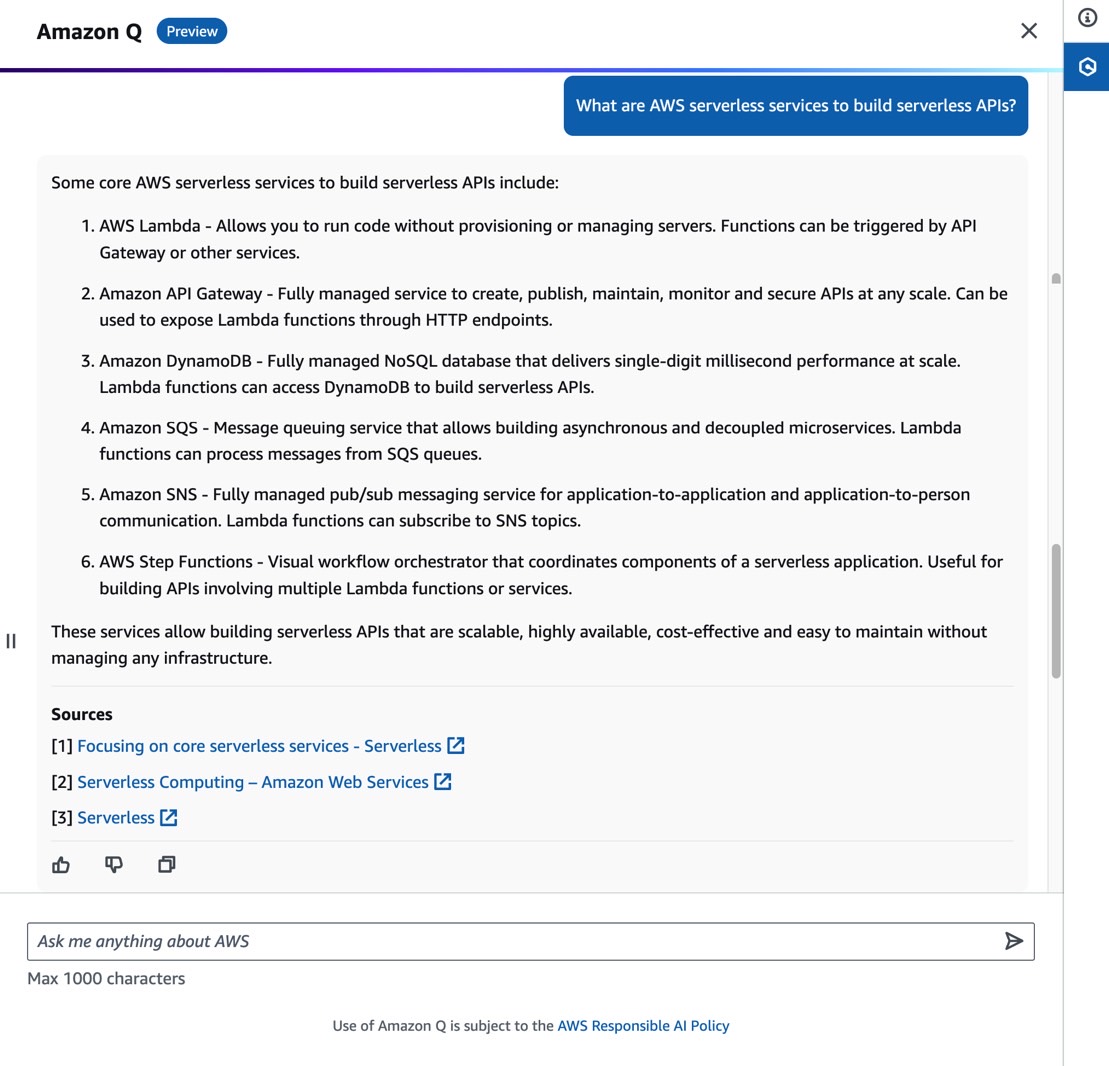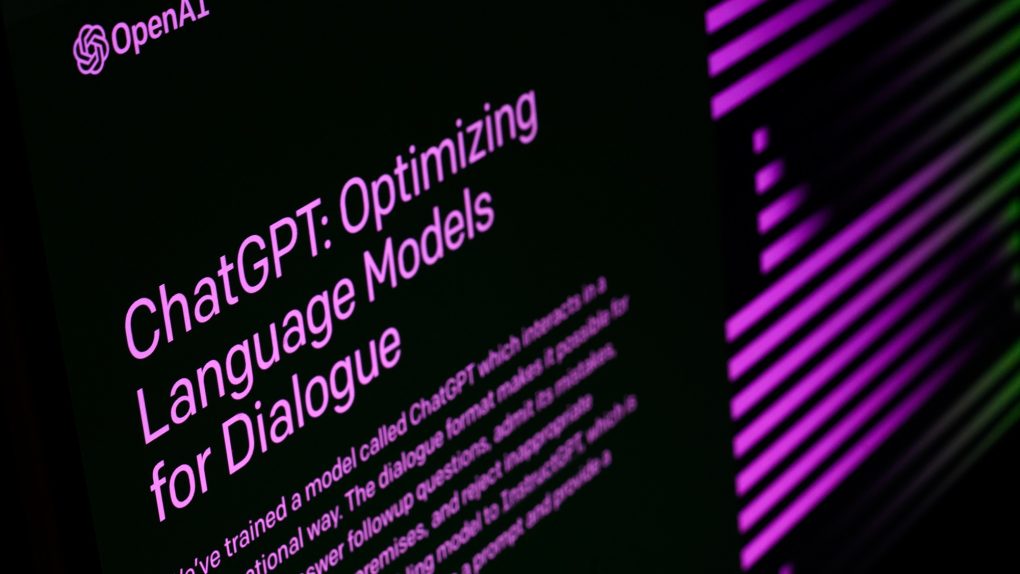Amazon unveiled Q on Tuesday, a generative AI tool that is launching right in the aftermath of the big OpenAI CEO controversy. More competition in the LLM and AGI space is always welcome, especially considering the massive worries about AGI-generated world-ending events. The more minds working on responsible AI, the better, and Amazon is one of the tech giants you’d expect to come up with its own ChatGPT rival.
Imagine an Amazon AI chatbot built into your Amazon Prime subscription. Think of it as a ChatGPT Plus alternative that could provide the same experience with added benefits.
An “AmazonGPT” could surface deals faster, enhance product finding, and even help you consume digital content that Amazon offers. I won’t even start on Alexa, which Amazon could use as a base for creating personal AI experiences on its own devices.
But there is no AmazonGPT. Amazon Q is a ChatGPT rival of sorts, but not the kind I’d have expected from the retail giant right now. Rather, Amazon Q is a generative AI platform meant to help IT professionals and professionals only.
ChatGPT and other generative AI products can already help IT workers. The more sophisticated the model, the better the results, of course. But Amazon is going solely for that enterprise experience with Amazon Q.
There’s nothing in Amazon Q for regular internet users like you and me who have started incorporating products like ChatGPT, Google Bard, Claude, and others into our daily web surfing experiences.
That doesn’t make Amazon Q any less spectacular. Amazon shared in a blog post all sorts of scenarios where Amazon Q can come in handy. It can help developers create and manage AWS applications with ease. The chatbot can fix code issues and help code new features.

“For example, Amazon Q Code Transformation can perform Java application upgrades now, from version 8 and 11 to version 17,” Amazon writes. That’s great news, I guess, for developers. In the long run, it’ll help improve the web that’s based on AWS. And in turn, Amazon will improve Amazon Q to be an even better assistant to IT workers.
Also notable is Amazon’s tidbit about training Amazon Q. The company says it’s used 17 years of AWS knowledge and best practices to train the generative AI software. Amazon will not use the Amazon Q prompts to train future versions of the model. That’s the kind of privacy expectations we have for generative AI products targeting business use.
Again, that should be an extraordinary resource to anyone working with Amazon’s AWS business, whether it’s seasoned players or brand-new companies.
As ChatGPT has shown so far, being able to talk in plain language with a computer can be hugely beneficial. Whether you’re looking for general information about trivial topics or whether you want to use AI to code your next breakthrough apps.
I have no reason to think Amazon Q will not excel at the latter. It might be even better than ChatGPT since Amazon is tasking this AI with handling the problems of a specific niche: IT professionals.
Amazon Q will compete directly against products like other generative AI products that target the workspace. Like Copilot for Microsoft 365 or Google’s Duet AI. But, unlike Amazon, Microsoft and Google have ChatGPT-like experiences for regular internet users.
Amazon Q is probably only the beginning of Amazon’s generative AI endeavors. Amazon Q might be just one of the ChatGPT rivals the retailer creates. After all, Amazon continues to manufacture smart consumer electronics. It’s probably a matter of time until Alexa gets ChatGPT-like powers.
Come to think of it, maybe having Amazon Q out before a more commercial generative AI Amazon chatbot might be a better idea. Amazon can use Amazon Q as a test to see what sort of pressure generative AI use will put on its infrastructure. And Amazon Q might influence the way Amazon develops Alexa’s AI, especially when it comes to user privacy.








